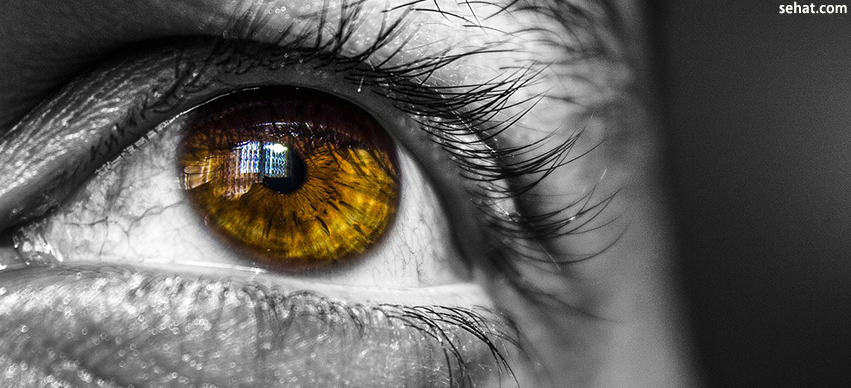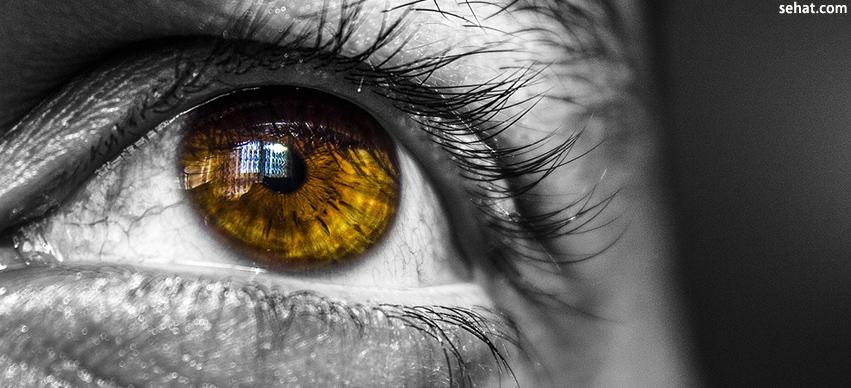How Communities Are Changing the Way We Think About Aging in..
8 Min Read


Age-related macular degeneration, also known as ARMD or AMD, of two types exists: dry or atrophic ARMD and wet or exudative or neovascular ARMD. For a majority of people, this condition starts with the dry type; and in approximately 10 to 20 per cent of people with ARMD, it progresses to the wet variety. Although macular degeneration occurs bilaterally, it does not progress at the same rate in both eyes. This is why many individuals experience wet ARMD in one eye and dry ARMD in the other.
There are a few differences between dry and wet ARMD. Let us take a brief look at how they differ from each other.
In this type of ARMD, drusen, which are small deposits that are yellowish or white in color, form on the eye’s retina and this causes it to deteriorate.
Wet or Neovascular ARMD: The wet age variety of ARMD affects about 10 to 15 percent of ARMD patients. Although the number of people affected is lower than dry ARMD, this type of macular degeneration accounts for about 90 percent of severe loss of vision.
In this type of ARMD, anomalous blood vessels that are under the retina grow and move towards the macula. Due to the abnormality of these new blood vessels, they have a tendency to break, leak fluid and even bleed. This causes damage to the macula and can cause macular edema. The macula can also be lifted and pulled away from the base it is situated on. What then occurs is a quick and severe central vision loss. The cause of this disease is also unknown, but there are a few new treatments available for wet ARMD.
Although this is a more common form of the disease, there has not been any progress made for the treatment of dry ARMD. However, there are ways to effectively maximize sight and improve the health of a patient’s eye. These include:
For wet age macular degeneration, there are treatments that are available to help in slowing down or halting the progression of loss of vision in some patients. New advanced treatments that have been created may even be effective in reversing visual loss. Some of the treatments that patients with ARMD can opt for include the following:
Other treatments for wet ARMD are being researched. Radiation therapy, retinal surgery, medications, etc. are the treatments that are being looked into today. For instance, one of the surgical techniques that is being explored is the grafting of a portion of the peripheral retina into the macular area that is affected by ARMD.
It is not yet known whether surgery or any other type of treatment being studied will be able to help ARMD patients, but there is active research which will hopefully be fruitful in the near future.